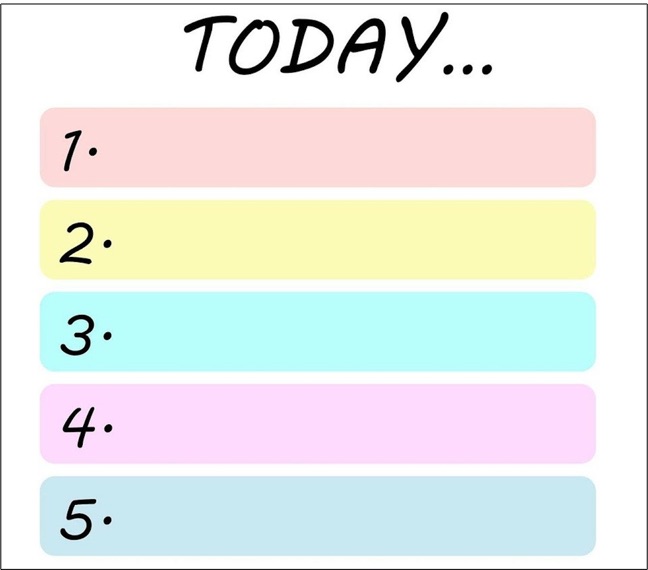Now that we’ve had more than a month for our New Year’s resolutions, Pew Research took a look at what they were, who made them, and if we kept them,
Then, moving beyond the results, an economist would take the next step.
New Year’s Resolutions
As we saw several weeks ago, health and finance were at the top of the list. Then, personal relationships and hobbies were close behind. Also though, your age mattered. If you were under 30 then your career was probably related to your resolution.
Pew had the survey results:

And, rather amazingly, we actually did what we set out to do. Close to 60 percent of the adults that made resolutions said they kept all of them while 30 percent said they did some.
Knowing that, at 13 percent, the numbers that did none will grow, behavioral economists suggest commitment devices.
Our Bottom Line: Keeping Our Resolutions
Commitment devices take us far from New Year’s. As the incentives that encourage us to stick with an activity, they enable us to sustain demand. Even the 70 percent of Americans that did not make any New Year’s resolutions will need a commitment device.
We can start with the nudges that Richard Thaler and Cass Sunstein describe. They tell us that we maintain beneficial habits that require no hassle. As a result, defaults like automatic savings programs work well. In addition, we can recognize the loss aversion that Daniel Kahneman researched. Telling us that “losses loom larger than gains,” he would have accurately predicted the results of one smoking study. In that experiment, it was more effective to impose a financial penalty for regression than only a reward for success.
Next, also helping us perpetuate our goals, temptation bundling and piggybacking are two possibilities. With temptation bundling, we combine our “wants” and “shoulds.” Temptation bundling limits the time used for your indulgent wants while encouraging a distasteful activity that will be good for you. I temptation bundle when I do the dishes while listening to a John Grisham mystery. With piggybacking, we “attach” a new task to one that we habitually do. The result is a cue. After accomplishing what we usually do, we have something that is supposed to come next. For me, that meant leaving dumb bells on my closet shelf. When I pull out a T-shirt, (sometimes) I do few weight lifts.
Indeed, every day, commitment devices come in handy.
My sources and more: My New Year’s resolutions research came from Pew Research while all else was from past posts, here and here.
Related
Publisher: Source link











